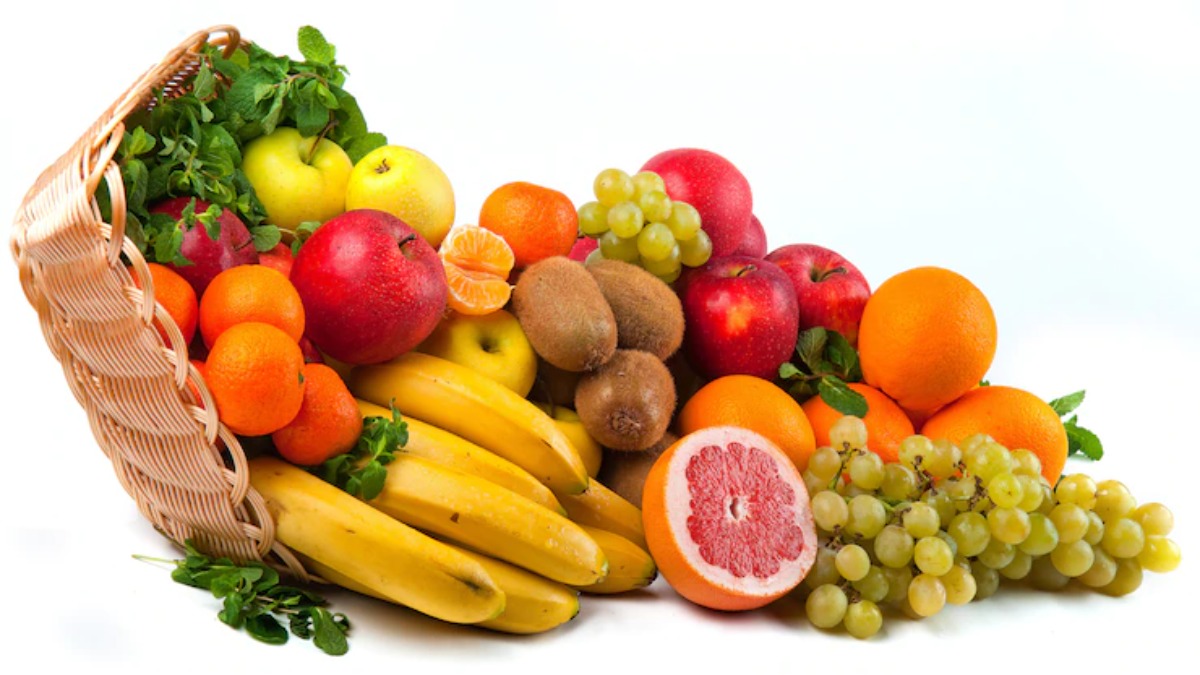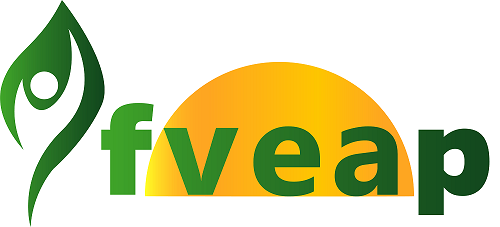Fruits
FVEAP Fruits production
The Fruit & Vegetable Exporters Association Punjab,
(FVEPA) is a trade association representing 200 plus members across the country in all Punjab Province. The FVEAP was established in year 2016, and is registered with the D.G.T.O & SECP.The Association is a purely non-political and non-profit making body.
Our facilities are specially designed and engineered with individual climate zones supporting cold chain integrity.

Apple
MANGO
MANGO- KING OF FRUITS
Because of its excellent flavor, attractive fragrance, beautiful shades of color, delicious taste and healthful value, the mango is now recognized as one of the best fruit in the world market, a veritable King of Fruits, as it is known in South Asia. Pakistan is among the leading mango producers as it is the original and natural habitat of mangoes.
Pakistani mangoes are high in fiber, low in calories and contain a small amount of carbohydrates, calcium, iron, potassium and a little protein; they are rich in vitamins A, B and C and also contain other antioxidant vitamins. Mangoes have more carotenoids than most other fruits and that helps word off colds and reduces the risk of cancer and heart disease.
Mango the Magnificent
There are a number of varieties of this fruit to choose from including Sindhri, Langra, Dusehri, Anwar Retaul, Gulab Khas, Sunera, Chaunsa, Black Chaunsa, White Chaunsa, Began Phali, Fajri etc. All of these diverse varieties have distinctive colors, aromas and tastes. It is indeed amazing that so many unique tastes come from the same fruit originating from so close proximity.
1. SINDHRI
For many Sindhri mango is the epitome of perfection in mangoes. It is oval in shape with a beautiful yellow colour, very low fiber and an incomparable aroma. Availability is from 20th May to 30th June.
2. CHAUNSA
Known for being very sweet, firm and low fibre. Its available between mid June to the end of August. Chaunsa is one of a kind and is much sought after by its aficionados.
3. FAJRI
Fajri is a large size mango. Fajri has little aroma but the pulp is fiberless. Availability is from 15th June to 5th August.
4. DUSEHRI
Medium size fruit with greenish yellow colour. Dusehri is slightly aromatic. Pulp is fiberless. Availability is from 20th May to 10th July.
OTHER VARIETIES OF MANGO
GULAB KHAS
Availability: 1st June to 15th June
LANGRA
Availability: 20th May to 10th July
SUNERA, BEGAN PHALI
Availability: 25th June to 30th July
BLACK CHAUNSA, WHITE CHAUNSA
Availability: 15th August to 1st October
The apple contains 80 to 85% of water. Approximately 5% of protein or nitrogenous material. 10 to 15% of acids and salts. A fresh apple is rich in vitamins and is amongst the most valuable of the anti-scorbutic fruits for relieving scurvy. All apples contain a varying amount of the organic acids, malic acid and gallic acid, and an abundance of salts of both potash and soda, as well as salts of lime, magnesium and iron. Apple come in all shades of reds, greens, and yellows. Apples are fat, sodium and cholesterol free. Apple float because 25% of their volume is air. Apples have five seed pockets each with a seed. To get the full value of an apple, it should be eaten unpeeled as the valuable acids and salts of the Apple in and just below the skin.
Kinnow
Pears
banana
Watermelon
Peaches
dates
varieties:-
1.Medjool
2.Deglet Noor
guava
Grapefruit
Grapes

FVEAP specializes in the production and trading of agricultural products worldwide. We have a range of agriculture products we harvest from our own farms and handle them carefully till delivery to our client’s premises.
Office Address
Address:
Fruit & Vegetable Exporters Association Punjab, House No. 4-A, Ali Town Behind Faisal Bank, Raiwand Road, Lahore
Email:
Telephone :
+92 322-6474-444
